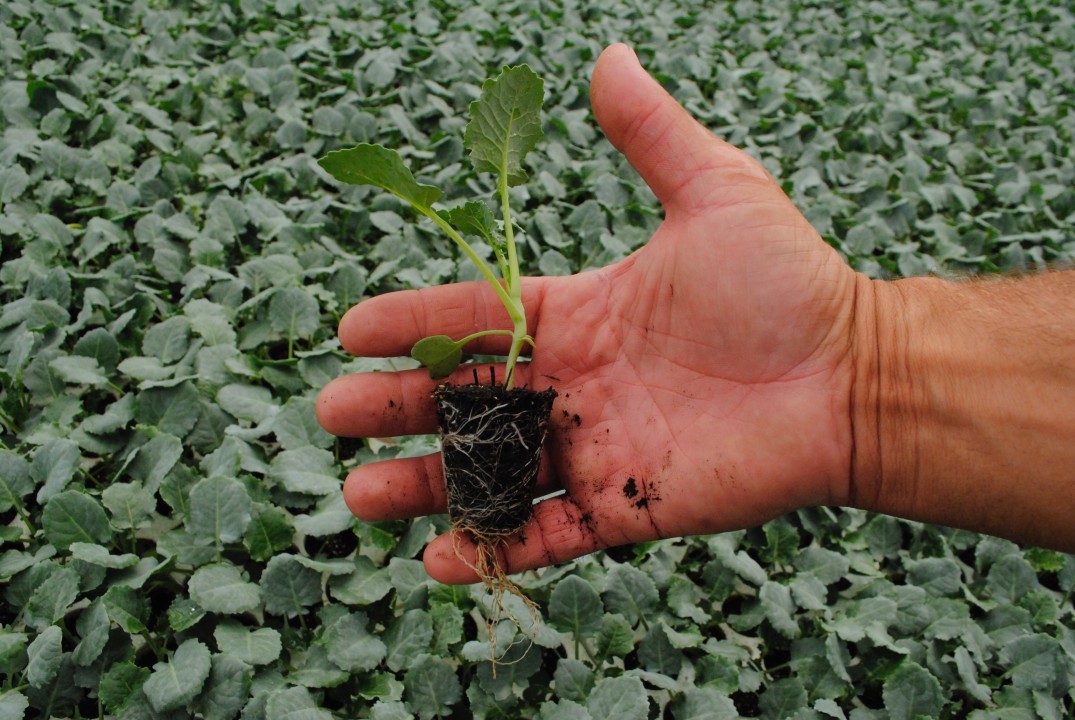Rooted in Similarity: Unveiling the Botanical Essence of Humanity
- BioPrime Stories & latest news
- Rooted in Similarity: Unveiling the Botanical Essence of Humanity
Rooted in Similarity: Unveiling the Botanical Essence of Humanity

In the vast tapestry of life, humans stand as intricate beings, intricately woven into the fabric of existence. While our differences often take center stage, it's time to shed light on a captivating revelation: we share remarkable similarities with the verdant denizens of the plant kingdom. In this blog we’ll explore a few important ones that would give you an understanding of our closeness to our green counterparts:
Rooted in Community - Information Transmission
Plants thrive on interconnectedness, utilizing mycorrhizal networks to communicate, share nutrients, and support each other's growth. Remarkably, humans exhibit striking parallels. Our communities, akin to intricate root systems, foster collaboration, empathy, and collective progress. Just as plants flourish when their roots intertwine, humanity flourishes when we foster a sense of interconnectedness and cooperation. Going a little further, let’s look at how plants communicate with each other.
Communication forms the bedrock of human society, but did you know that plants also possess an intricate system of information transmission? While their methods differ from our spoken and written languages, plants use chemical signals and electrical impulses to communicate within their own vegetal networks. Humans, too, employ similar means of information transmission. Neurons in our bodies transmit electrical signals, enabling the exchange of thoughts, emotions, and ideas. This parallel underscores the fascinating ways in which living organisms, be they plants or humans, have evolved to share and receive information.
At Bioprime, we are working around this system of plant communication using hashtag#snipr to develop products that harness their capabilities to adapt/modify their internal systems and mechanisms around stress which would help them become climate resilient.
A Network System to Supply the Vitals
While we often perceive plants as static organisms rooted in the ground, they possess a remarkable vascular system that bears striking similarities to our own circulatory system.
In the same way that our circulatory system transports vital substances such as oxygen, nutrients, and hormones throughout our bodies, plants rely on a highly specialized vascular system to accomplish similar functions within their structures. This captivating network of vessels facilitates the seamless flow of water, nutrients, and hormones, playing a fundamental role in their growth, development, and overall well-being.
Relying on Microbes for Core Functioning
So much is being spoken about the human gut and its impact on diseases like heart diseases, Alzheimer's etc. Gut microbiome is often called the second brain as it can influence what and how we think and feel. Quite literally like the “You are what you eat”. Similarly plants require a core set of microbes for their functioning and survival - to get nutrients, to defend them against pathogens, to communicate and exchange information - the roles are diverse and integral.
At Bioprime we are developing a system to capture and restore the lost plant-microbe association to make crops more resilient and less dependent on synthetic fertilizers.
Sophisticated Defense Mechanisms
In the case of humans, our immune system plays a pivotal role in safeguarding our bodies against harmful invaders. Through a process called immune response, our bodies learn to recognize previous attacks and mount stronger defenses using immune cells and antibodies. This adaptive immune system allows us to effectively combat pathogens and ward off potential infections. Similarly, plants have evolved an intricate defense system to counteract threats posed by predators and pathogens. Rather than relying on immune cells and antibodies, plants employ a multifaceted approach involving an array of chemical compounds and physical barriers. This combination serves as their innate immune system, which comprises numerous surveillance-type receptors that constantly monitor their surroundings, detecting the presence of potential pathogens and transmitting signals of invasion.
Furthermore, plants possess a fascinating mechanism known as systemic acquired resistance (SAR). When exposed to a pathogen attack, plants can become "primed" or sensitized, enabling them to more rapidly and effectively activate defense responses upon subsequent encounters. This enhanced resistance mechanism in plants bears a striking resemblance to the immune response observed in humans, where our bodies remember and mount a stronger defense against previously encountered pathogens.
The world of plants and humans may seem vastly different, but a closer look reveals striking similarities that highlight our shared biological heritage. From cellular structure and nutrient requirements to growth, response to the environment, communication, and interdependence, humans and plants showcase remarkable parallels. Recognizing these similarities fosters a deeper appreciation for the interconnectedness of all life on Earth.

